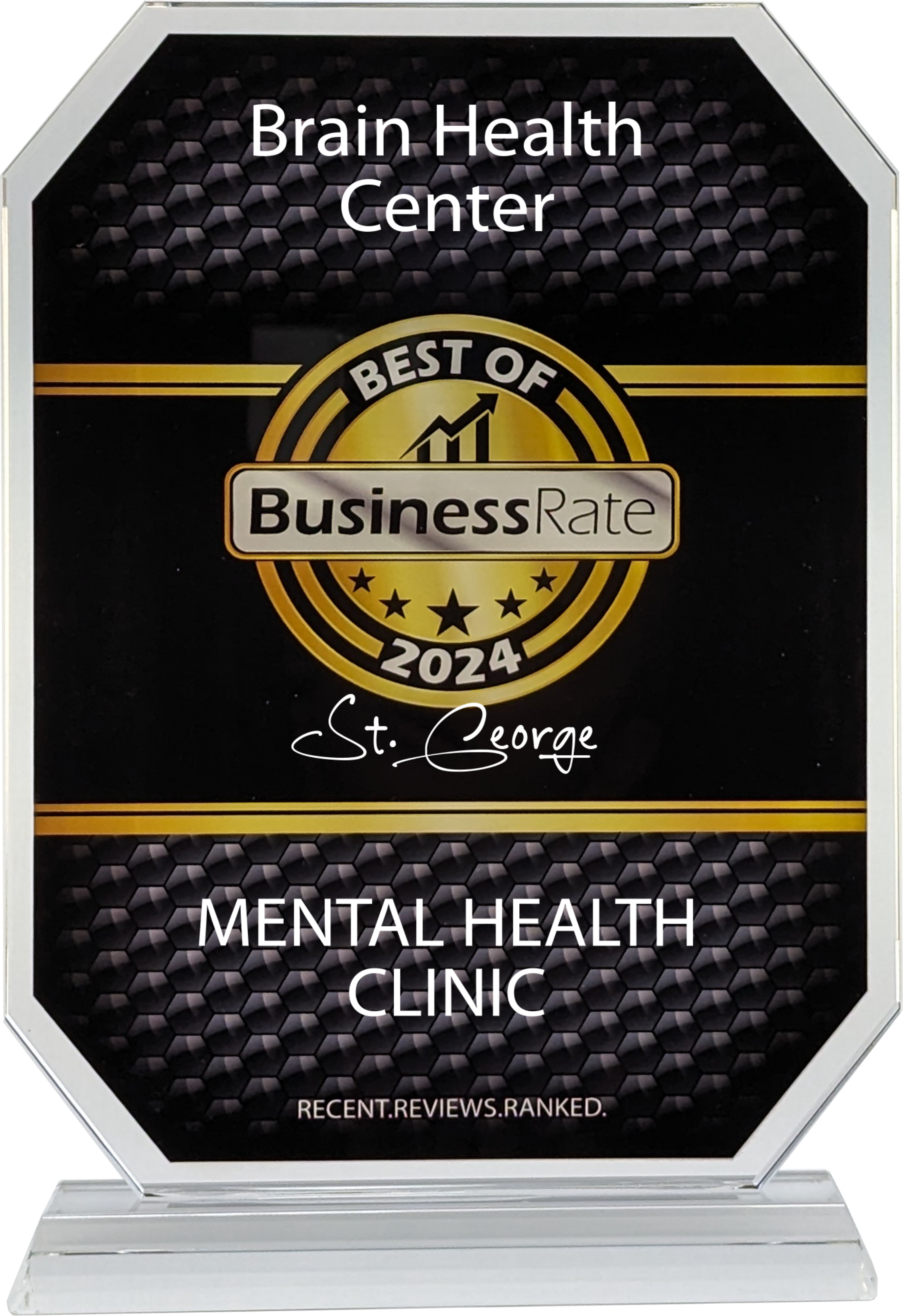No Results Found
The page you requested could not be found. Try refining your search, or use the navigation above to locate the post.
The page you requested could not be found. Try refining your search, or use the navigation above to locate the post.
For many of our friends seeking wellness, TMS is an incredible solution. Get started now with our team.
